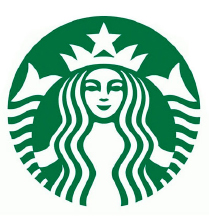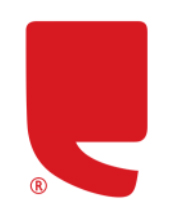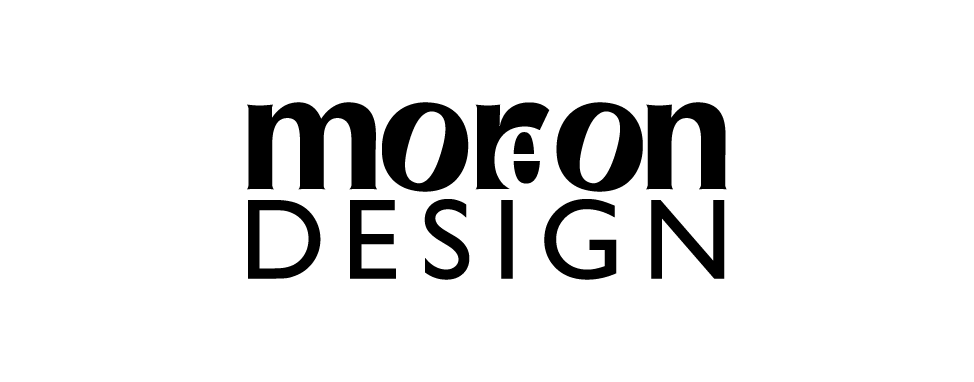
WHAT IS BRANDING?

 What do these images signify? Before you continue think of 5 words for each image.
What do these images signify? Before you continue think of 5 words for each image.
Do you feel differently about one vs the other? Have you ever wondered why?
These images don’t even have the name, they’re just abstract visuals and yet you associate specific feelings with them – feelings that are different for both of them.
This is the power of branding done right. Assigning and augmenting a specific feeling that is communicated consistently across channels. Let’s dive deep and understand the difference between three terms that are often interchangeably used.
BRAND IDENTITY | BRANDING | BRAND
BRAND IDENTITY is just the logo. As the name suggests, the objective is to identify – It is just that. A tool to identify one business from the other, simple. However, something that appears simple is often the most difficult to achieve. There are several crucial factors to consider when designing an identity as that is the 1st point of interaction for any organization. It is therefore important to be mindful of all the key factors behind the logo design. If you want to know more click here
BRANDING is the process of formulating an experience across various touchpoints to deliver a distinctive message that resonates with the audience. The singular feeling that comes to your mind when you read Volvo, Nike, Tata, Pixar is not a coincidence. It is a result of a carefully thought-out messaging strategy over a span of several years. Consistency is king for Branding.
WHAT IS A BRAND?
A gut feeling that stays in the minds of the audience. As Marty Neumeier says – it’s not what you say it is, it’s what they say it is. A brand has assets – typically comprised of a name, tagline, logo or symbol, design, brand voice, and more – where the whole is greater than the sum of its parts. Here’s an example of brand identity and assets.
IMPORTANCE OF BRANDING
Your brand is arguably one of your organization’s most important assets. It gives your organization an identity, makes your business memorable, encourages consumers to buy from you, supports your marketing and advertising, and brings your employees pride.
fMRI based studies on participation of prefrontal cortex of the brain in context of branding reveal a positive emotional processing associated with self-identification and rewards
BRANDING CHECKLIST
- Know Who You Are
- Know Your Market and Your Standing Within It
- Get to Know Your Target Audience – REALLY know them
- Establish your Foundation
- Define your Core Values
- Establish Tangible Vision, Mission, and Goals
- Identify your Brand Persona and Tone of Voice
- Bring it all Together in Through Your Brand Story
- Create Your Visual Assets
- Create your Messaging Strategy
While the list looks simple it is an intense exercise and can prove to be extremely potent when done right.
KNOW WHO YOU ARE: Before you begin to speak outward it is important to look inward. Know your core, evaluate and hone in on your strong points. Find your PoP / PoD. This will help you find your niche in the market.
KNOW YOUR MARKET: Dive deep into your competition. Create perceptual maps and SWOT analysis of the top 5 direct competitors. Don’t forget indirect completion tho, sometimes these throw in surprises.
KNOW YOUR TARGET AUDIENCE: This is the most crucial step in the formative exercise. The brand needs to resonate with the audience and so it’s extremely important to understand who the audience is. Know them like you know your best friend. What are their pain points, what makes them tick, and what makes them happy? Know them so you can talk to them.
ESTABLISH YOUR FOUNDATION: Your core values, vision, mission and goal are the guiding principles for decision-making within the organization. From hiring your next employee to the campaign plan everything must root from the core pillars.
BRAND PERSONA AND TONE OF VOICE: A unique personality and voice go a long way.
BRAND STORY: Fun, family, and entertainment is Disneys’ brand story. They have rejected the endorsement of a mutual funds brand because it doesn’t sync with their brand story. That’s how important it is to define
VISUAL ASSETS: These include everything from the logo, colour palette, typography, patterns, icons, collateral, presentation templates, internal employee kit, internal presentation formats and templates, experience design, signage system, photography, layout guidelines, and more.
MESSAGING STRATEGY: This is where all the work done so far comes together. Charting the communication strategy through the customer journey spiral to ensure a consistent message across channels.
The above is a simplified version of a complex exercise that involves intensive research, analytics at various levels as well as an understanding of cognitive psychology. Slapping the logo at every corner is not branding.
branding is delivering your brand promsie consistently over time.
Reach out if you want us to audit your existing brand or create your brand story from scratch.
Your friends at Moron Design will be happy to help.
fMRI Source: https://www.frontiersin.org/articles/10.3389/fnins.2011.00077/full
